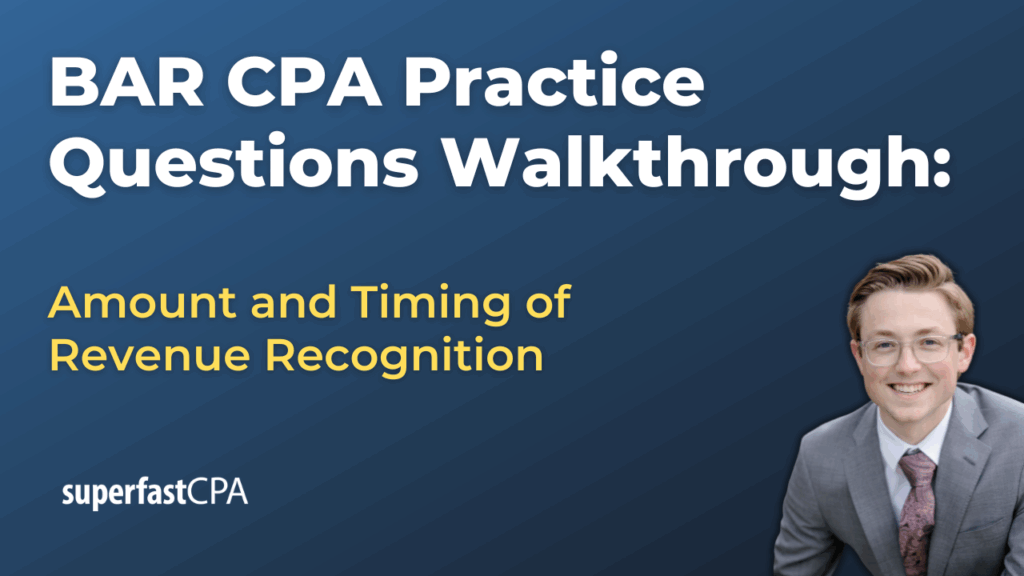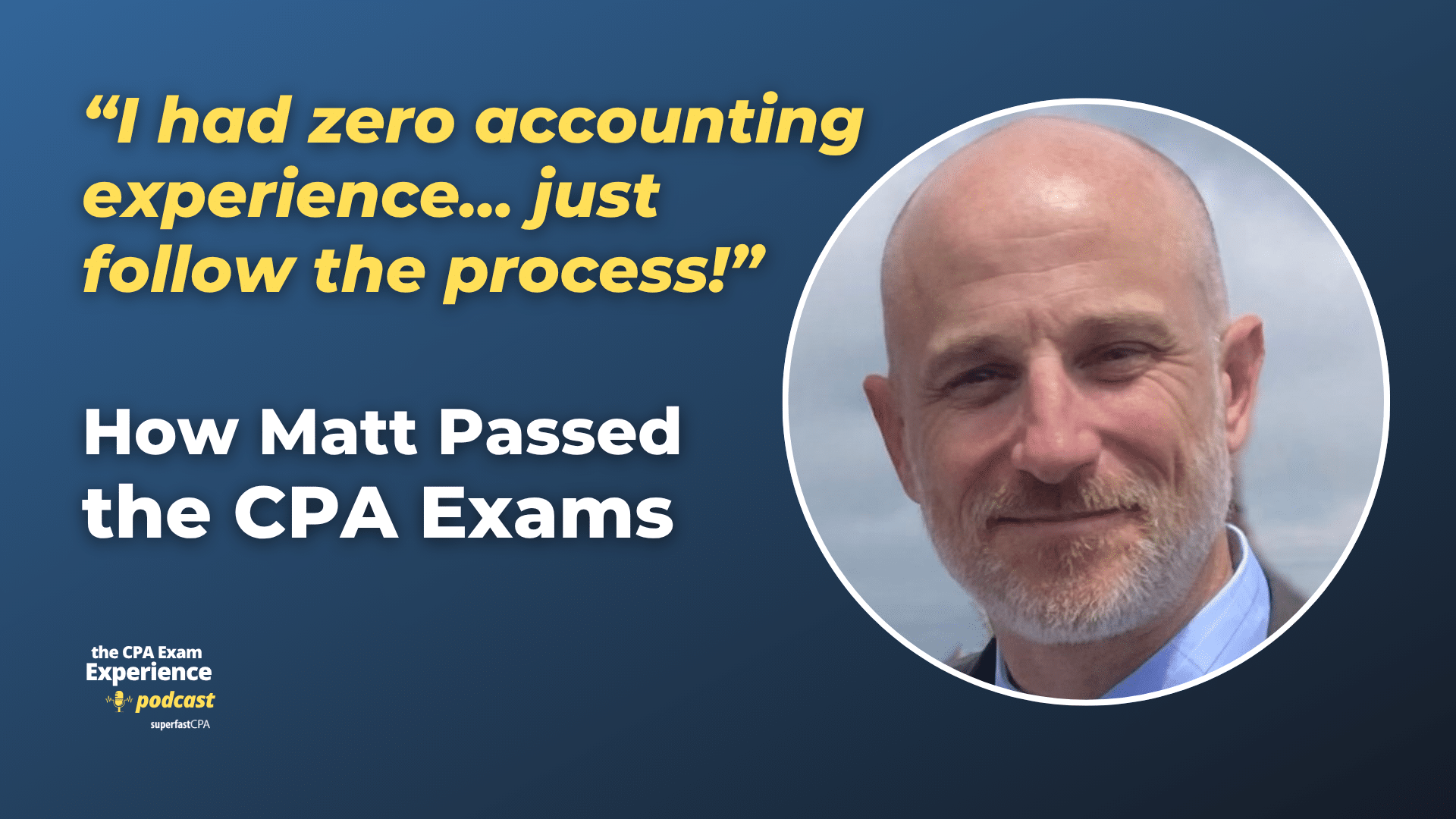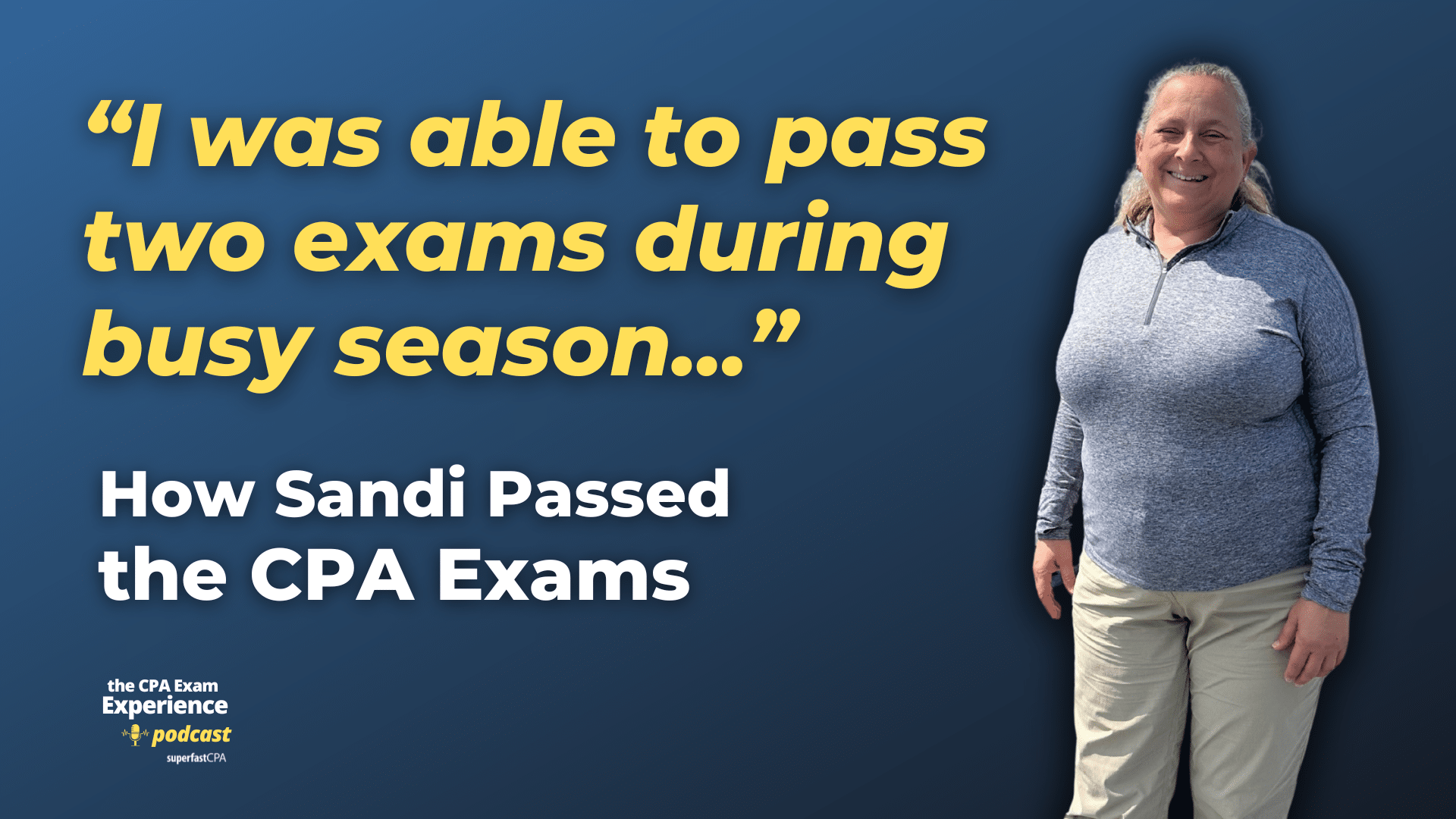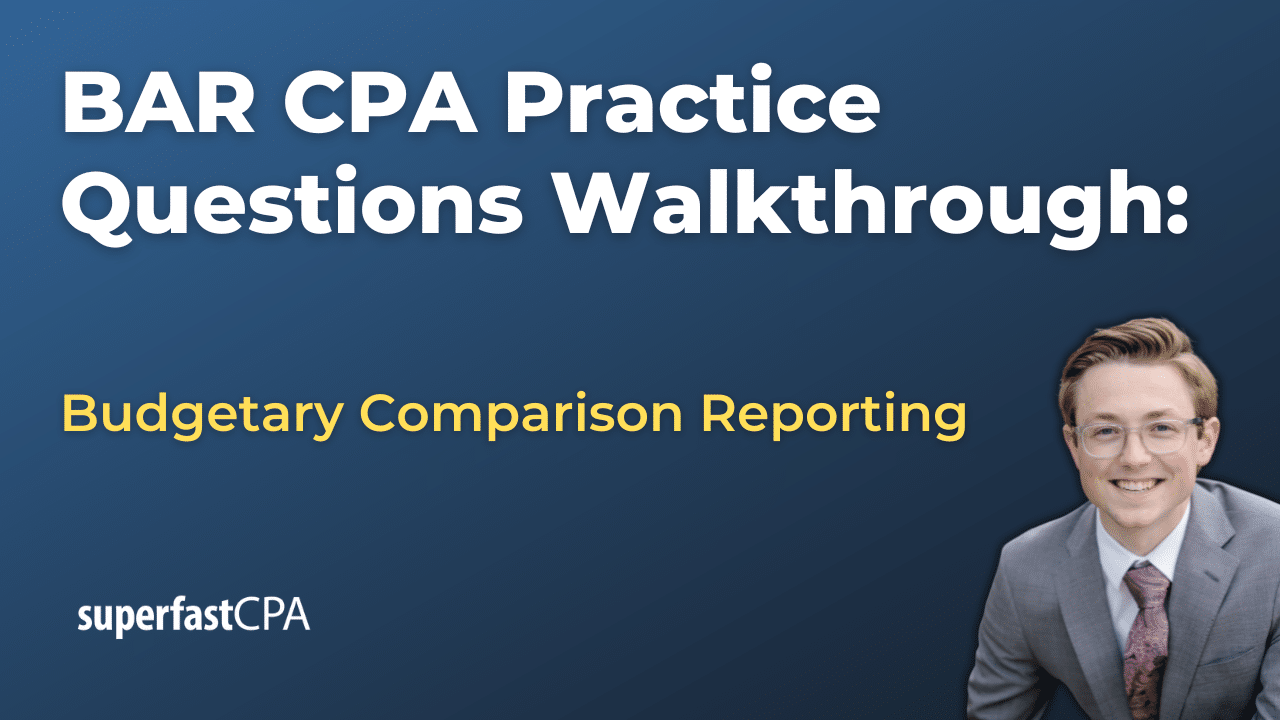In this video, we walk through 5 BAR practice questions teaching about amount and timing of revenue recognition. These questions are from BAR content area 2 on the AICPA CPA exam blueprints: Technical Accounting and Reporting
The best way to use this video is to pause each time we get to a new question in the video, and then make your own attempt at the question before watching us go through it.
Also be sure to watch one of our free webinars on the 6 “key ingredients” to an extremely effective & efficient CPA study process here…
Amount and Timing of Revenue Recognition
Accurately determining how much revenue to recognize—and when to recognize it—is one of the most critical areas tested on the CPA Exam. This concept appears across contracts, long-term projects, and product sales, and understanding how to interpret those agreements using the five-step revenue recognition model is essential.
Below, we’ll break down how the model works, explain the core concepts tested most heavily, and walk through examples that clarify when and how revenue (or losses) should appear in the financial statements.
What Is the Five-Step Revenue Recognition Model?
This model, established under ASC 606, provides a structured approach for recognizing revenue. The five steps are:
- Identify the contract with a customer.
- Identify the performance obligations in the contract.
- Determine the transaction price.
- Allocate the transaction price to the performance obligations.
- Recognize revenue when (or as) performance obligations are satisfied.
While these steps may not always be laid out explicitly in exam questions, they form the backbone of every revenue scenario. Most of the calculation-based questions focus on Step 5: when to recognize revenue, and how much.
Example 1: Percentage-of-Completion Revenue Recognition
Let’s say a construction company enters into a $6,000,000 contract to build a commercial building. In Year 1, it incurs $1,500,000 in costs and estimates it will need $3,000,000 more to finish the job.
- Total estimated cost = $1,500,000 + $3,000,000 = $4,500,000
- Percentage complete = $1,500,000 / $4,500,000 = 33.33%
- Revenue to date = 33.33% of $6,000,000 = $2,000,000
If no profit has been recognized yet, this full $2,000,000 would be recognized in Year 1.
This method assumes control is transferring as the work progresses—a key condition for over-time recognition.
Example 2: Recognizing a Loss Immediately
Now imagine a contractor with a $4,000,000 contract that has already incurred $2,000,000 in costs, with an additional $3,000,000 expected to complete the project. The total estimated cost is $5,000,000, meaning a $1,000,000 loss is expected.
That $1,000,000 loss must be recognized in full immediately, even if the contractor is only partway through the job.
This is true regardless of whether the contract is recognized over time or at a point in time.
Example 3: Point-in-Time Recognition (Revenue Deferred)
Suppose a company is building a custom machine for $5,000,000. Control does not transfer until the machine is completed and delivered. If the company incurs $2,000,000 in Year 1 and expects to spend another $2,000,000 to finish it in Year 2, no revenue is recognized in Year 1. Even though the project is halfway done, under point-in-time rules, revenue is deferred until completion.
If the same project becomes unprofitable due to unexpected cost overruns, the expected loss would still be recognized immediately, even though no revenue is being reported yet.
Example 4: Dual Projects with Different Outcomes
Here’s how these rules might apply across two concurrent projects:
- Project A is a three-year, $3,000,000 contract. At the end of Year 1, costs incurred are $900,000 with another $1,800,000 expected.
Total estimated cost = $2,700,000. Profit = $300,000
Percentage complete = $900,000 / $2,700,000 = 33.33%
Profit to recognize = 33.33% × $300,000 = $100,000 - Project B is a $4,000,000 contract with $2,000,000 incurred and $3,000,000 still needed.
Total cost = $5,000,000 → Loss = $1,000,000
This loss must be recognized immediately.
If both projects are recognized over time, then total profit recognized in Year 1 = $100,000 (Project A) – $1,000,000 (Project B) = ($900,000) net loss.
Pillar Concepts to Know
The following are five core takeaways:
- Revenue is recognized over time using the percentage-of-completion method when the customer controls the asset as it’s built or when certain criteria are met. In this case, revenue is based on the percentage of costs incurred relative to total estimated costs.
- Expected contract losses must be recognized in full immediately, regardless of the stage of completion or the revenue recognition method used. This includes contracts accounted for under both over-time and point-in-time recognition.
- Under the percentage-of-completion method, recognized profit is calculated by applying the percentage complete to the total expected profit, not to the contract price. The recognized profit is added to incurred costs to determine the revenue to date.
- When using the point-in-time method, no revenue or profit is recognized until control of the asset transfers to the customer, typically at delivery. However, any expected losses on these contracts must still be fully recognized as soon as they are identified.
- Only the change in total expected profit or loss from one period to the next should be recognized in the current period. Prior years’ recognized amounts must be subtracted from cumulative totals to avoid double-counting.
Conclusion
Understanding revenue recognition comes down to identifying the contract terms and recognizing whether performance obligations are met over time or at a point in time. The five-step model provides the structure, but the real exam questions focus on how to apply it in specific scenarios.
Pay especially close attention to percentage-of-completion calculations, how and when to recognize contract losses, and the distinction between over-time and point-in-time revenue.









